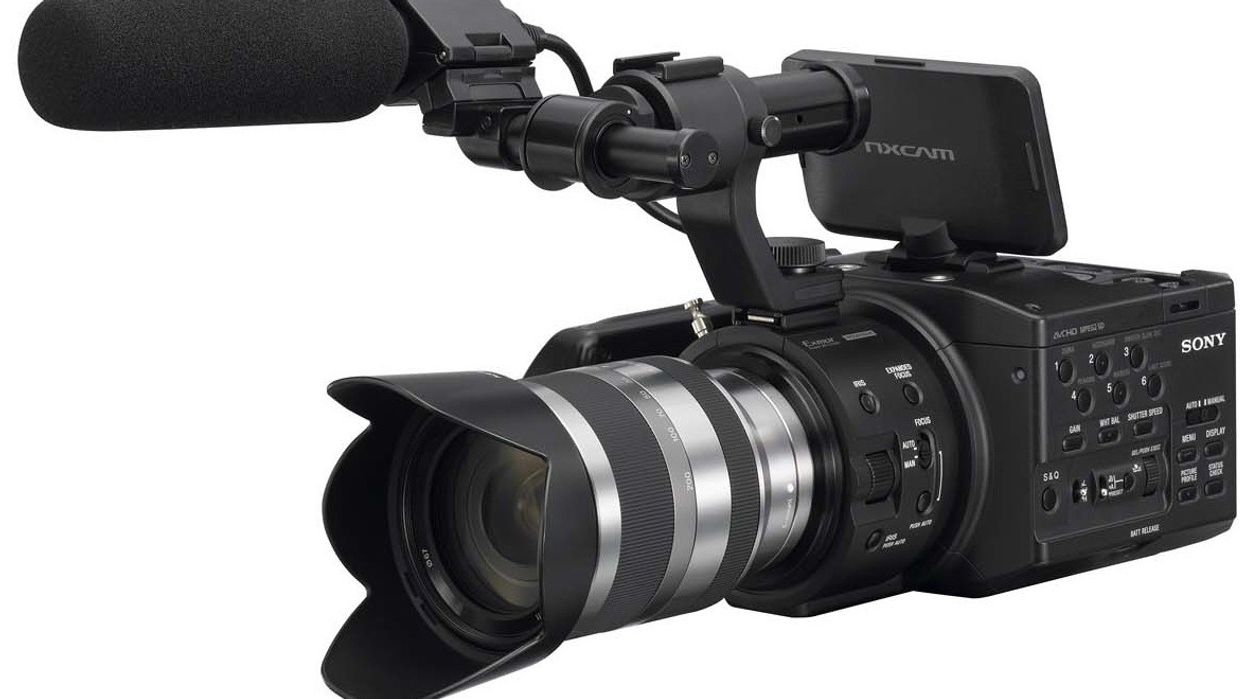The New Sony NXCAMs Have Uncompressed 4:4:4 60p HDMI Outputs*

Well, this is interesting. Sony's $14,000 F3 camera has all manner of professional HD-SDI outputs, including S-LOG with a $4,000 firmware upgrade. You'd therefore expect Sony's $5,000 FS100 to ship with a more limited set of outputs, and it does -- to an extent. While the FS100 only has a "consumer" HDMI output, there are some interesting things about this particular HDMI output. The same goes for the documentary-friendly HXR-NX70 and the twin-lens stereoscopic HXR-NX3D1 as well -- but don't get your hopes up, as that asterisk in the title comes with some disclaimers. What is it about these HDMI outputs that are unique?
First of all, the fact that the HDMI outputs are uncompressed comes as a surprise. They even offer 4:4:4 RGB output as an option (in addition to standard 4:2:2 YUV signals). This includes 1080p at 50p or 60p (depending on whether you have the PAL or NTSC version), and there is even timecode embedded in the HDMI signal. Here's the problem, though: there are no HDMI recorders out there that currently support these advanced features. Presumably one or more manufacturers of the multitudinous available field recorders will issue a firmware date in the future to be able to capture some of these non-standard features, but according to Allan Tépper of ProVideo Coalition as of now none of them can take in the 4:4:4 RGB signal at present.
That's not all, however. The reason for that asterisk in the post title? The output is only 8-bit. It's strange to imagine that an uncompressed output would be restricted in total colors, but the uncompressed HDMI signal is not available in 10-bit. I suppose this makes sense, as Sony would not want to give you an uncompressed 10-bit output from a camera that's 1/3 the price of their flagship model. Lots more details on the NXCAMs (including the tidbit that the NX3D1 is the only one of the three that will ship as a "WorldCam" -- meaning, it has both PAL and NTSC frame rates) at the link below.
Link: Untapped features in Sony NXCAM’s new HDMI output - ProVideo Coalition











